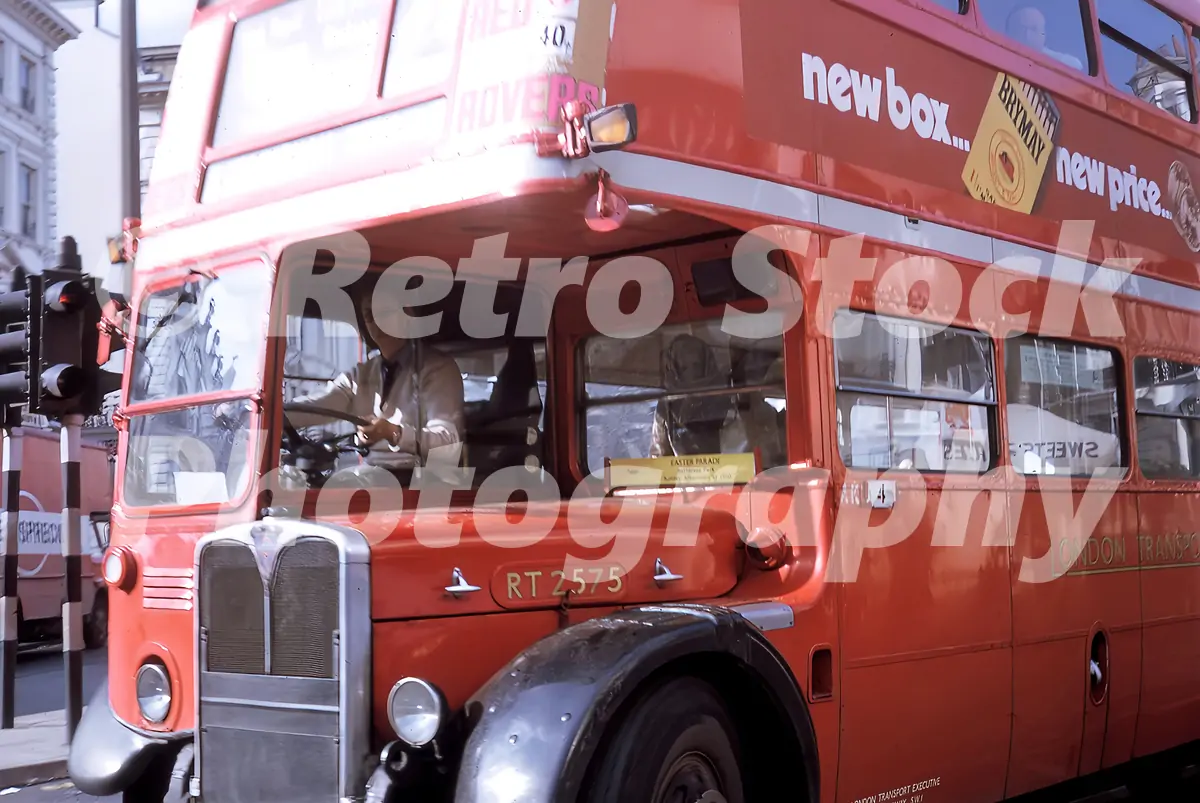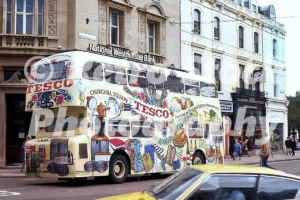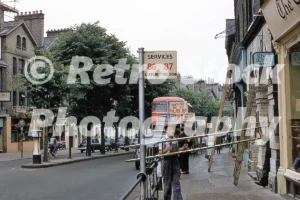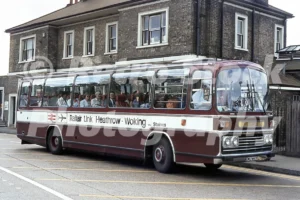Before the Routemaster became the symbol of London’s public transport, the capital’s streets were ruled by another legendary vehicle: the AEC Regent III RT, known more simply as the RT bus. For over two decades, the RT was the backbone of London’s bus fleet, representing the height of design and engineering from the pre-war and post-war periods.
Origins and Development
The RT story began in the late 1930s when London Transport sought to modernise its fleet. The result was the RT-type: a double-decker bus based on the AEC Regent III chassis, fitted with an elegant, streamlined body built by companies such as Park Royal, Weymann, and Cravens.
The first prototype, RT1, appeared in 1939—a revolutionary vehicle for its time, offering improved ride quality, better driver visibility, and a modern steel-framed body. However, World War II halted mass production, and it wasn’t until 1947 that the RT began to appear in large numbers on London’s roads.
Design Features
The RT bus was distinctive, both in design and sound. It featured:
-
A robust AEC diesel engine, usually the 9.6-litre version
-
A preselector gearbox for smoother gear changes
-
A half-cab design, with the driver separated from the conductor
-
The classic open rear platform, allowing for quick boarding and alighting
-
A traditional maroon interior with wooden seats (later upgraded to upholstered seats)
-
The iconic red and cream London Transport livery
Despite being more angular than the later Routemaster, the RT had a refined, art deco look that made it instantly recognisable.
Wartime and Post-War Service
Although only around 150 RTs were delivered before war broke out, London Transport resumed production in earnest after 1945. In total, more than 7,000 RT-type buses (including RTL and RTW variants) were built between 1947 and 1954, making it one of the largest bus fleets in the world at the time.
The RT quickly became the standard double-decker on most of London’s major routes, operating from suburban garages to central London termini. It served not only the city but also the surrounding counties under the London Transport Executive.
Transition to the Routemaster
By the late 1950s, London Transport was once again looking to modernise. The RT’s successor, the Routemaster (RM), was introduced in 1956 and offered significant improvements in weight, materials, and maintenance access.
However, the RT remained in widespread service well into the 1970s. Its rugged reliability and easy availability of spare parts made it ideal for continued use even as Routemasters were gradually introduced.
The final RTs were withdrawn from regular London service in 1979, though they had already become a favourite of enthusiasts and preservationists.
Preservation and Legacy
Today, dozens of RT buses survive in preservation, many of them lovingly restored and operated at rallies, museums, or on heritage routes in London. Their warm engine tone, old-world charm, and link to post-war London have made them icons in their own right.







Reviews
There are no reviews yet.